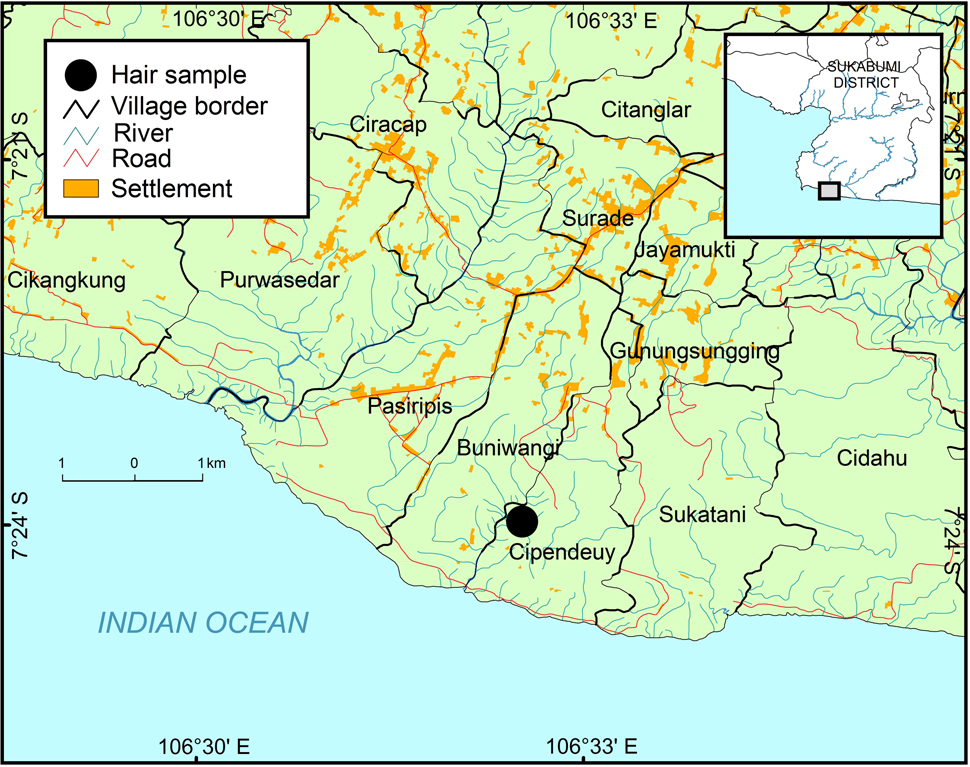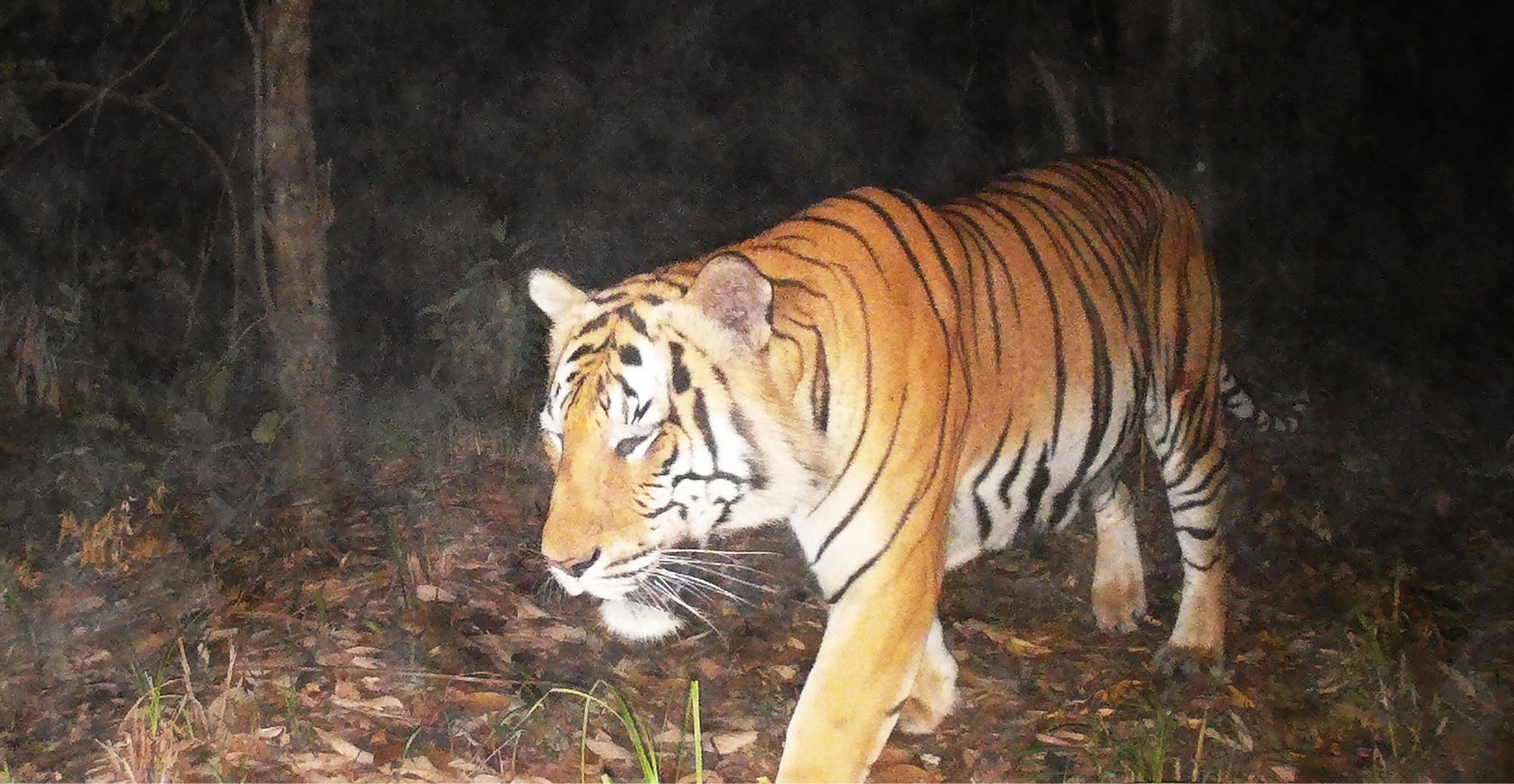What lead to the extinction of the Javan tiger
The Javan tiger was once widespread on the island in the 18th and 19th centuries. In fact, they were considered so prolific by Dutch colonisers that bounties were offered to encourage their killing. Though local Javanese held a deep respect for these creatures, guided by ancient beliefs and superstitions, such reverence could not stem the tide of the killings.
The Dutch agricultural revolution in the late 1800s significantly hastened the tiger’s decline and by the late 19th century, the island was undergoing a transformation. By the 1940s, Tigers were pushed to the brink as most of Java’s forests had been converted into monoculture teak plantations, reducing the prey base and driving the remaining tigers to starvation. The depletion of prey also heightened human-tiger conflicts, as the big cats began to encroach on human settlements in search of food. By the early 20th century, the Javan tiger had retreated to the most remote corners of the island—places where humans could not easily follow.
Despite the establishment of reserves in the 1920s and 1930s, the Javan tiger continued to vanish from all but the most remote areas. By the 1940s, only a few remained in the mountainous regions of East Java. And by the 1970s, the last Javan tigers were clinging to survival in Meru Betiri National Park. In 1976, the final confirmed sighting of a Javan tiger was recorded and in 2003, the Javan tiger was officially listed as extinct on the IUCN Red List.
The Javan tiger’s extinction is a sobering reminder of our impact on the natural world and a call to action to protect what remains before more creatures are lost to history.





